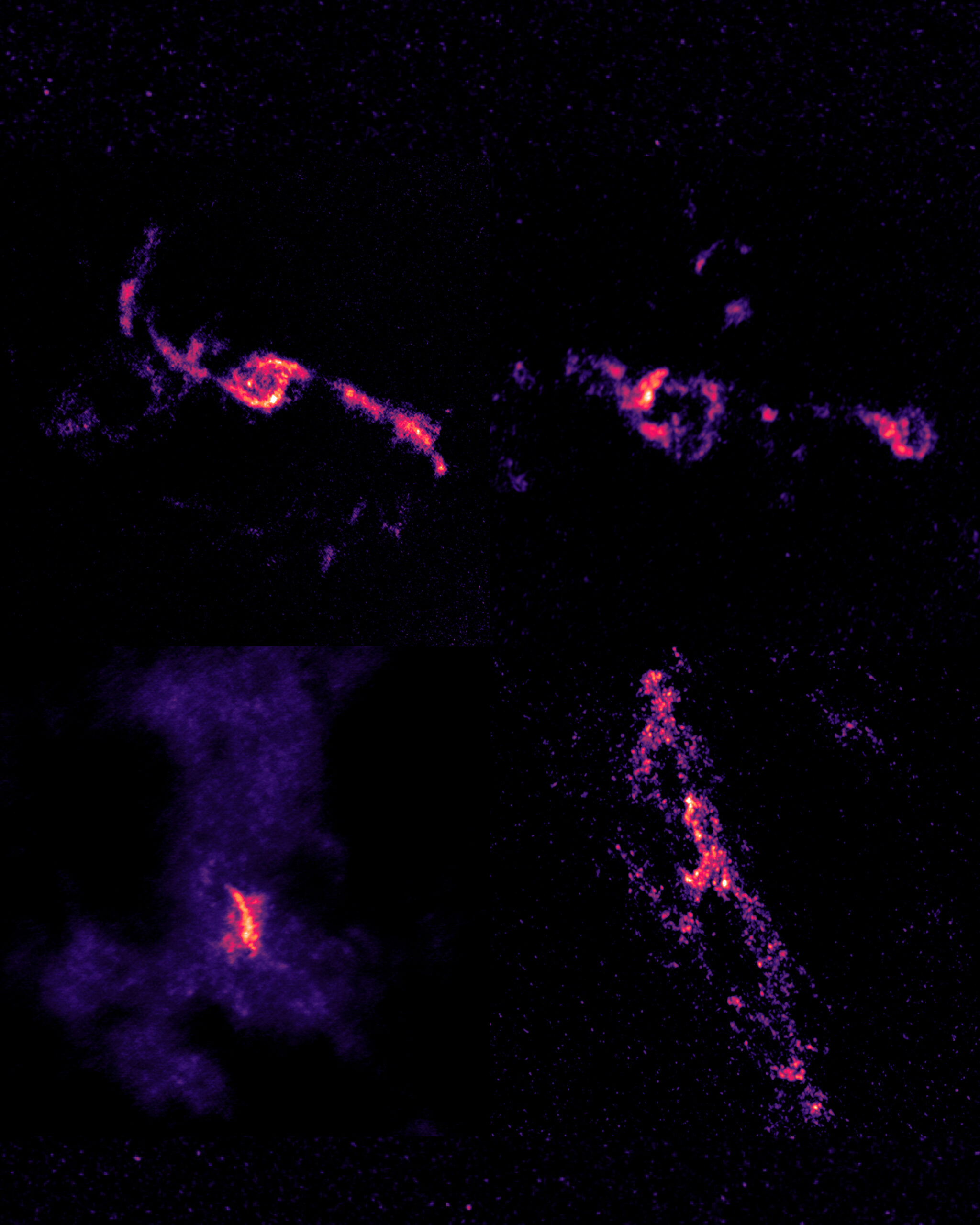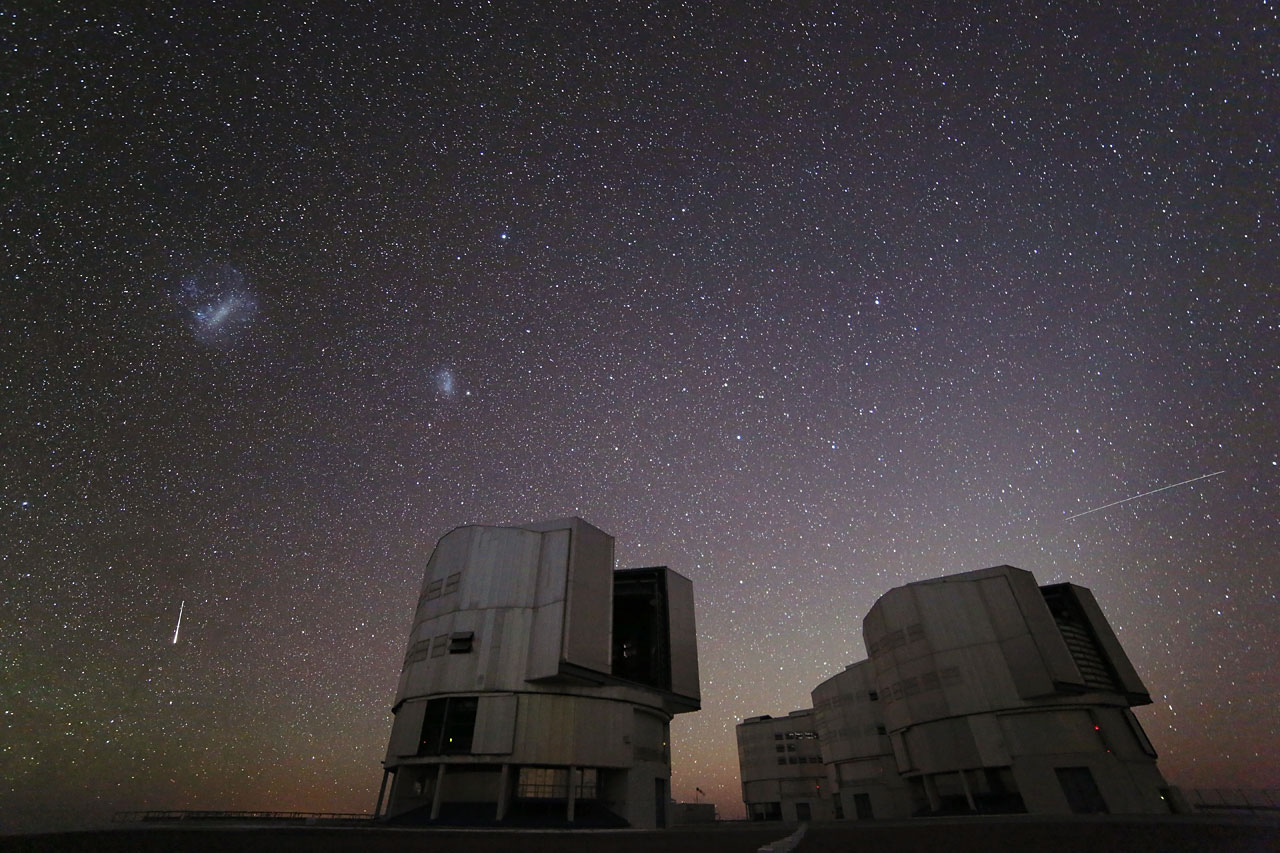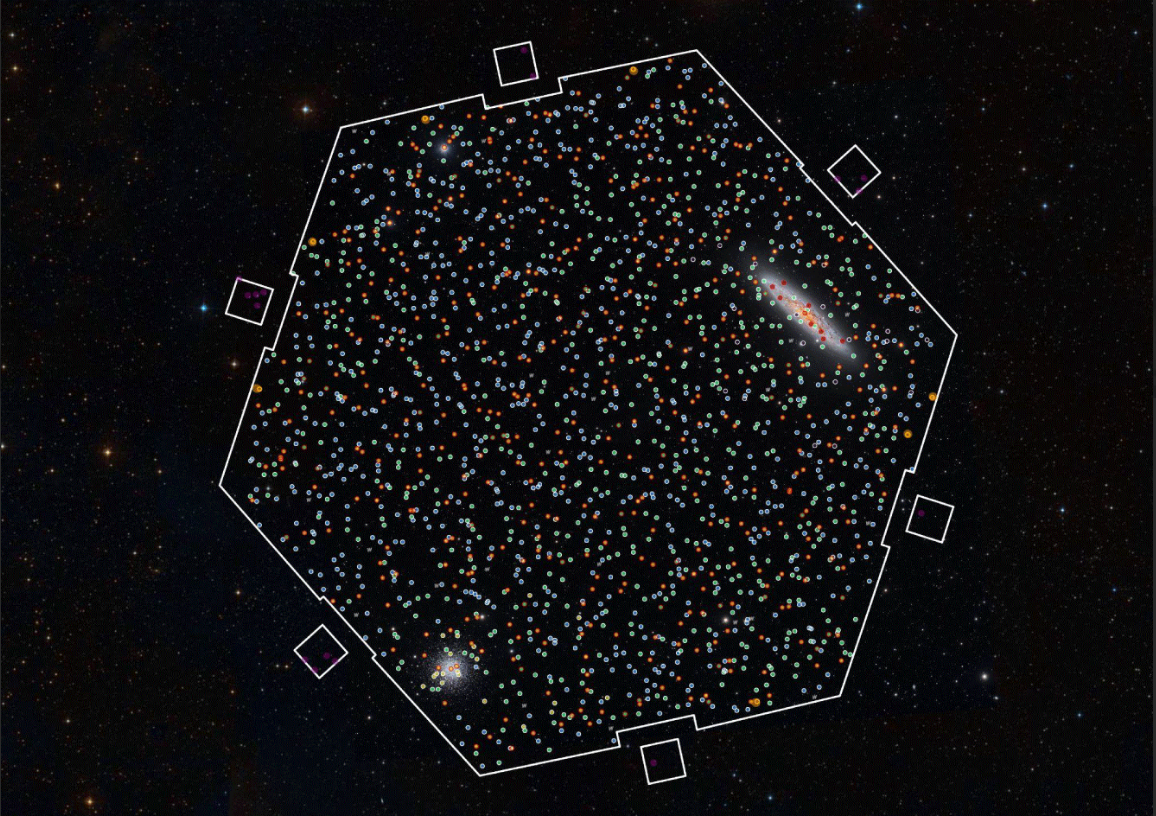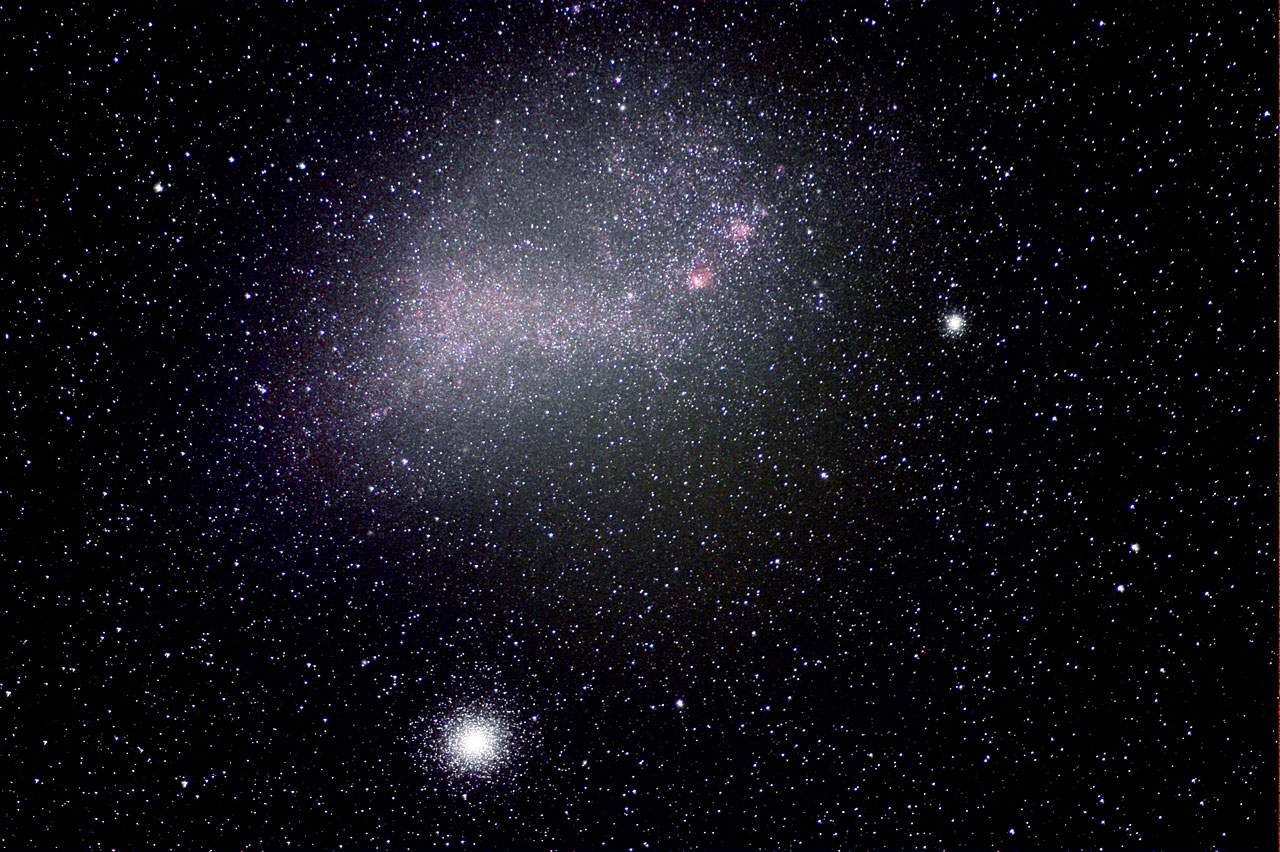
CATA astronomers explore a starburst galaxy
The observation was made through NASA's James Webb Space Telescope.
In the midst of a cloud of new and young stars, a group of astronomers, including CATA researchers Rodrigo Herrera-Camus and Vicente Villanueva, observed the explosive birth of new stars in the galaxy called Messier 82 (M82), located 12 million light-years away in the constellation “Ursa Major”.
This galaxy is special in that it hosts strong star formation activity. Compared to our Milky Way galaxy, M82 forms new stars 10 times faster.

While earlier observations with NASA’s Spitzer and Hubble space telescopes already revealed intense star formation in M82, it was only thanks to the power of the James Webb Telescope that we can now know in detail what is happening in the center of this galaxy.
According to the data obtained during the first year of observation with the Webb telescope, Rodrigo Herrera-Camus, co-author of the publication and who contributed to the data analysis, pointed out that “in the center of the galaxy many stars are forming that, when exploding as supernovae, are ejecting gas and interstellar dust at hundreds of kilometers per second out of the galaxy. After characterizing these galactic winds, the next step will be to understand how these young star clusters are able to generate these winds. Once we have all the pieces together, we will be able to create a model to understand how galaxies evolve over time,” he said.
The James Webb Telescope’s infrared camera revealed a level of detail such that concentrations of iron can be distinguished, most of which are either supernova remnants or spots revealing molecular hydrogen that is illuminated by radiation from a nearby young star in formation.
Undoubtedly this detail of information shows the power of Webb, since each observed point is the image of a star or a star cluster. “The novelty of all this is that we can investigate in much more detail how galactic winds eject material out of the galaxy. This is key, because this material serves as fuel to form new stars. If this material is no longer present in the disk, the galaxy will stop forming new stars and enter a very slow phase of evolution. This is what we know as the death of a galaxy,” said Herrera-Camus.
Path forward
Webb’s observations of M82 raise further questions about star formation and galaxy evolution, which are expected to be answered with additional data currently being collected by the telescope, including information from another starburst galaxy, called NGC 253.
In the near future, observations will be obtained and analyzed with multiple telescopes, as well as large-scale images of both the galaxy and the galactic wind. These data will help astronomers determine how explosive episodes of star formation and the galactic winds they generate transform the evolution of galaxies.
Read the official press release here.
Recent news
-
 Publicado el: 22/12/2025International study reveals that black holes feed selectively
Publicado el: 22/12/2025International study reveals that black holes feed selectively -
 Publicado el: 20/12/20253I/ATLAS: the interstellar comet approaching Earth and what is known about it
Publicado el: 20/12/20253I/ATLAS: the interstellar comet approaching Earth and what is known about it -
 Publicado el: 18/12/2025Ministerial Advisory Committee for Astronomical Observation submits its final report
Publicado el: 18/12/2025Ministerial Advisory Committee for Astronomical Observation submits its final report -
 Publicado el: 13/12/2025Geminids 2025: facts and how to observe the last meteor shower of the year
Publicado el: 13/12/2025Geminids 2025: facts and how to observe the last meteor shower of the year -
 Publicado el: 12/12/2025Call for applications for the CATA Emprende 2026 program now open
Publicado el: 12/12/2025Call for applications for the CATA Emprende 2026 program now open
Categories list
- Acknowledgments 21
- Astrobiology 6
- AstroCluster 1
- Black holes 20
- Corporativo 58
- Cosmology 5
- Descubrimientos 23
- Disclosure 74
- Exoplanets 14
- Extension 7
- Galaxies 22
- Galaxies formation 6
- Inter y Transdisciplina 4
- Local Universe 17
- Publications 6
- Sin categorizar 34
- Solar System 23
- Stellar formation 8
- Technology 16
- Technology Transfer 18

